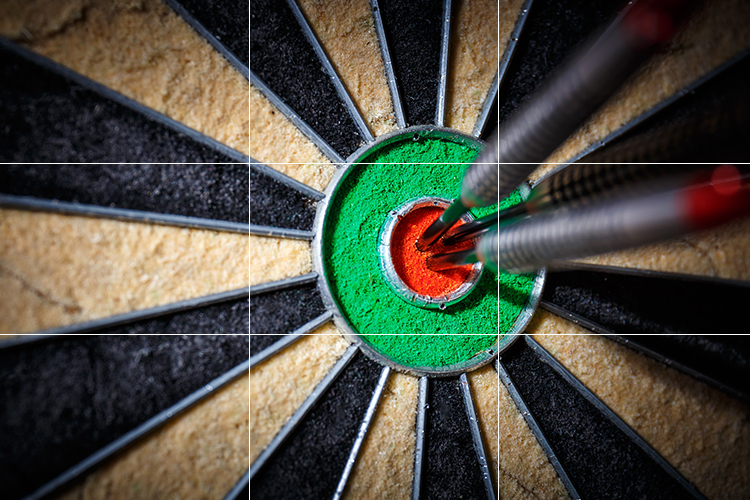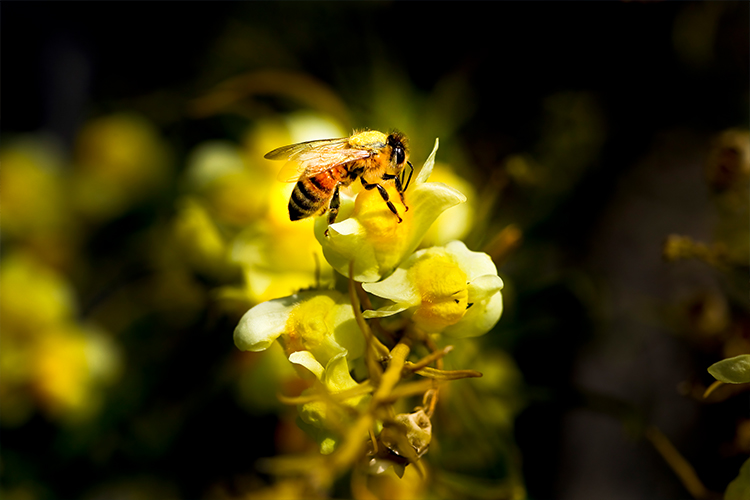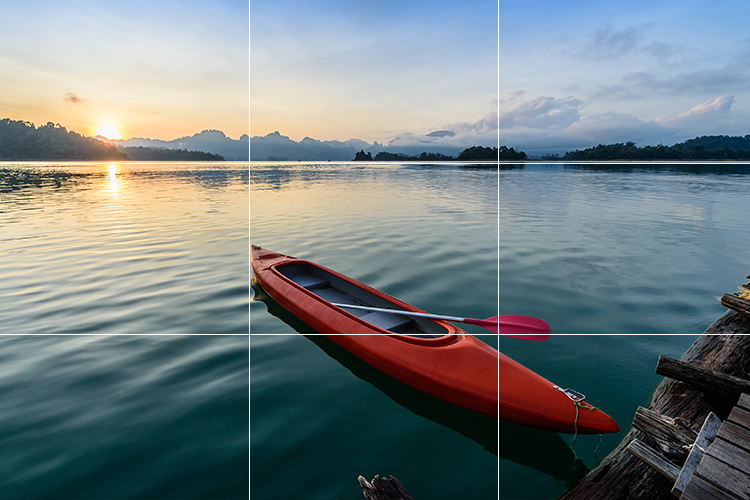What differentiates an amateur photographer and a professional is not the mastery of technical details. A good photographer knows how to compose an image well. There are many rules of composition; we will study one of the most commonly used ones. And that composition rule is called the rule of thirds.

The rule of thirds, a fundamental principle in photography that suggests dividing the frame into a grid of nine equal segments, can be effectively applied to the layout of photo books as well. Just as this rule aids in creating balanced and visually appealing photographs by aligning subjects along the grid lines or their intersections, it can also guide the arrangement of images on a page. By placing the most important elements of your photos along these lines or at their intersections within the photo book layout, you can create a sense of harmony and aesthetic appeal. This technique helps draw the viewer’s eye through the photo book in a natural, engaging manner, enhancing the overall storytelling impact of your photographic compilation.
This means that you have to place your subject at any one-third of the image frame. Most of the cameras these days have an option to display various types of grids. The grid that is the most common is the 3*3 grid. So, the points where the lines meet is the point where your subjects should be placed. You would have to consider other factors along with it. Placing an image randomly on any of the points will not make an image great. Give it some thought on which point would make the most sense.
Here are some tips for you to learn and master this rule
In landscape photography: Place the horizon line at any line of the grid. This placement should depend on what elements are there in the rest of the image. If you want to show something in the sky and you think that the sky should cover most of your image, then place the horizon on the lower horizontal line. If your subject of interest is below the horizon, then most of the image should cover the part below it, and hence the horizon line should be placed on the upper grid line.
In Portrait Photography: Portrait photography can also use the rule to get the image framed better. To use the rule of thirds on your subject, place the subject on any of the grid lines. And the eyes of the subject should be around one of those four points in the grid. If there are other elements in the frame, then try to place them on the opposite grid points if possible. This will make the photo more interesting.

In Photojournalism: During fast-paced scenarios, it is hard to spend time perfecting the composition. The rule of thirds comes handy at such times. Keep the 3*3 grid on in your camera and quickly place the most important elements in the grid points. You can do the same when you are doing sports photography or street photography.
While Editing: If your photos are not composed properly, you can make the image better in post-processing. You need to keep in mind the image size will get smaller when you are cropping your photos. So, when you are cropping a photo, do so in a way that the main element in your image is on the grid point. You can also experiment by cropping in different ways and comparing to see what works for you.

Rule of Thirds vs. Golden Ratio: The golden ratio is used to keep the viewer’s eye to the important elements in the photograph. This composition technique is used by photographers to give a balanced look to the image. When a scene has very few elements, you can prefer the rule of thirds style of composition. The golden ratio tends to work better with a scene where there are many elements in the photo which are interrelated.
When the golden ration technique is used, the viewer will follow the arc of the golden ratio and reach the spiral end. This technique can be used on people, places, and other subjects.
There cannot be a straightforward answer to which composition technique is better. It depends on the scene on which to decide whether the golden ratio or rule of thirds is better. The golden ratio, like the rule of thirds, can be used by photographers to crop their photos to give them an aesthetically pleasing look.
Source: https://www.pixpa.com/blog/rule-of-thirds






























